Ubuntu ditched its flagship Unity desktop a couple of years ago in favor of the GNOME desktop. Since its introduction in 2011, Unity has gathered a significant fan following (with plenty of haters as well).
In this article, I am going to list a few projects that are trying (or tried) to keep Unity alive.
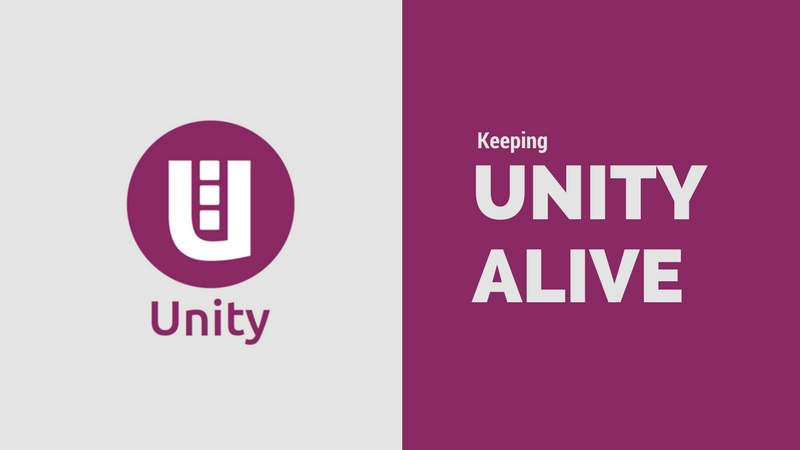
A lot has happened at Ubuntu after the announcement of Unity’s departure. But I am not going to dwell on it.
While a number of people had a strong dislike for Unity, there are many who considered it as one of the best desktop environments. And, I am one of them. Honestly, I was sad to see Unity go like this because I have always liked the Unity interface, don’t judge me for that :)
And I am surely not alone in it. There were a few people who started to work on projects around the Unity desktop environment to keep the interface alive for fans. Even though some of them have been discontinued – it is worth noting their efforts for the cause.
Unity is now being developed by UBports
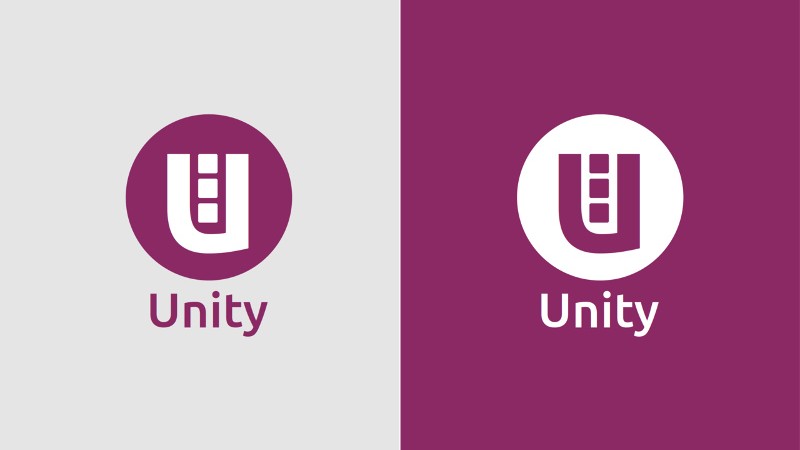
When it comes to Ubuntu Touch, UBports is a known name. It is responsible for porting Ubuntu Touch on devices like OnePlus, Fairphone and some Nexus devices.
With such experience with Ubuntu Touch, UBports could just not let Unity 8 die. The beauty of open source is that with access to the source code, anyone can make the changes and continue the project.
UBports is doing the same thing with Unity 8. They forked it to continue its development and achieve the goal of convergence.
I wouldn’t be too sure how well it works – but the project seems to be active on GitHub.
Other projects that tried to carry Unity on their shoulders
After The Unity fiasco, a few other projects swung up to work on Unity. Unfortunately, most of these projects are either discontinued or dormant. I am going to list them here for informational purpose.
1. United GNOME Theme
It all started as a concept. Someone shared a mockup of Ubuntu Unity style GNOME desktop.
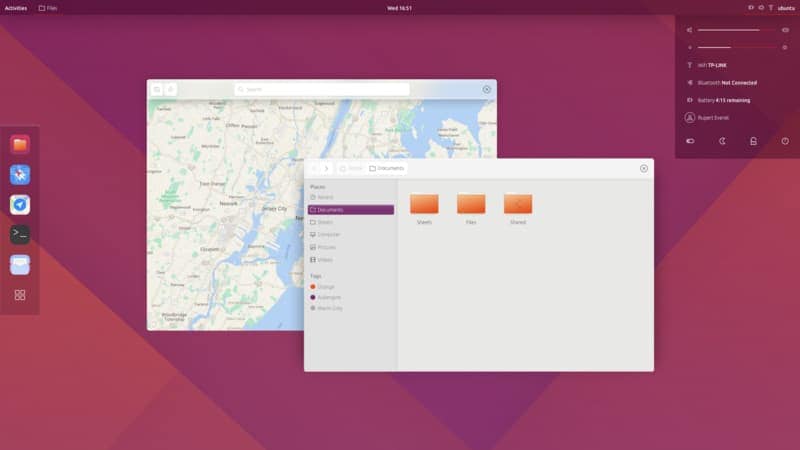
The concept was visually so stunning that some people even suggested that Ubuntu should use it for their 18.04 LTS release.
A developer worked on a GTK theme that looks similar to the above mockup, all within 48 hours.
The GTK theme called ‘United GNOME’ was quite impressive. You can use it with GNOME to resemble the Unity look.
Here is a screenshot of the theme:
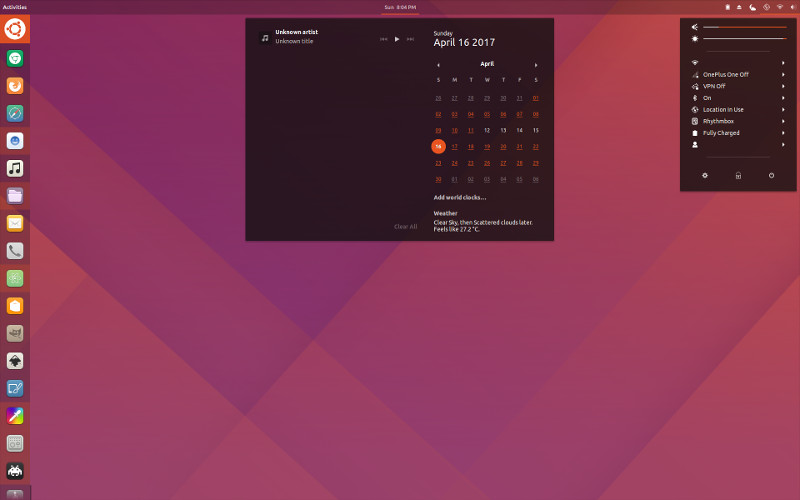
It hasn’t been maintained/updated for more than a year – so feel free to test it out if you want.
2. Enjade Desktop: Unity looks on top of KDE Plasma
When Canonical announced that they will be replacing Unity with GNOME, there were some opinions about opting KDE instead of GNOME.
Seems like someone liked the idea and decided to replicate Unity desktop’s looks in KDE Plasma. And hence we had a new project called Enjade Desktop.
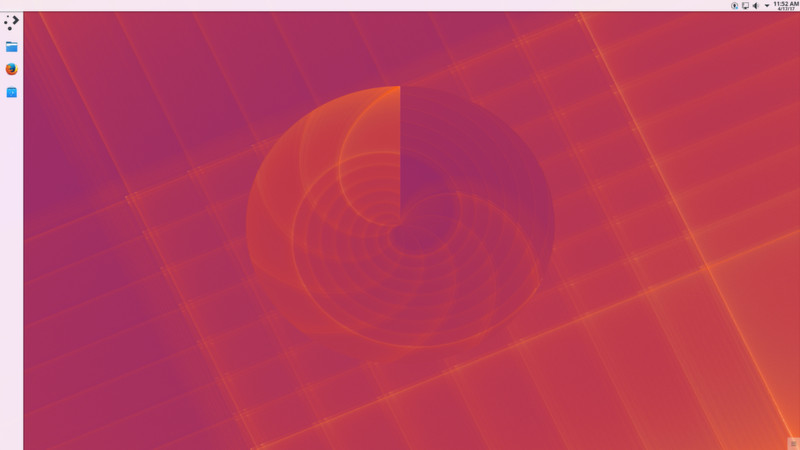
Enjade Desktop was a Unity lookalike desktop environment based on KDE Plasma instead of GNOME.
There have been no recent updates to it in recent years and it is safe to assume that the project has been discontinued.
The homepage for their project (using GitHub pages) is still up if you want to get a few more details on it.
3. Yunit
The project Yunit tried to do the same thing – however, it no longer exists.
There were talks going on between Yunit developers and UBports for collaboration to achieve the common goal of keeping Unity 8 alive. But, that’s history now.
What do you think?
Even though a couple of projects tried to continue Unity, it did not make a difference in the long run. Though it is worth appreciating the efforts put forward by such projects and especially Unity8 by UBports – which seems to be the only active project.
If I missed mentioning a project that is working on the Unity desktop environment, do let me know in the comments below. In either case, let me know your thoughts on these projects.

